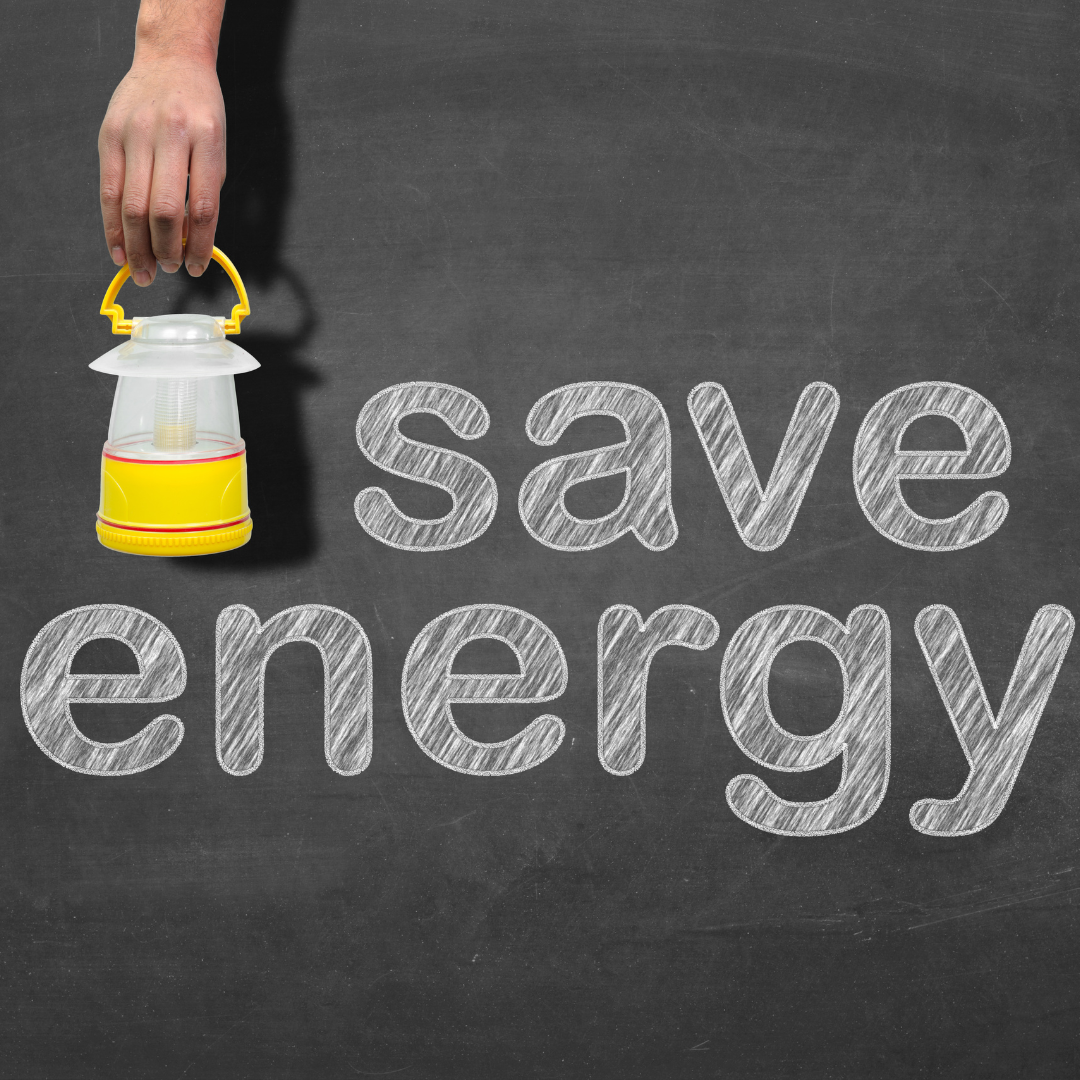Electricity is considered a basic amenity in modern homes, and as a result, the electric bill is one of the most consistent and costly avenues of expenditure in the home.
It is used for nearly everything from lighting, heating, cooking, cleaning, entertainment, and working
What household items use up the most electricity?
Wet appliances

Dishwashers, washing machines, and tumble dryers account for nearly 15% of a typical energy bill. This is caused by the amount of power needed to heat the water used by these devices and their labor-intensive tasks that push up energy consumption.
Cold Appliances
Refrigerators and freezers use around 13% of an average household’s energy bill. This mostly stems from the fact that they are on all the time, and thus continually draw power to maintain a consistent temperature.
As a result, there are huge advantages in switching to energy-efficient units and choosing the smallest units that fit one’s needs.
Consumer electronics

We are now far more reliant on consumer electronics than ever before. From television sets and game consoles to laptops and personal computers, consumer electronics are incredibly popular and are used nearly every second someone is in the home.
Therefore, it should not come as a surprise that consumer electronics account for a significant portion of your energy bill.
When it comes to consumer electronics, some of the oldest advice remains highly relevant. Turning off electronics that are not in use will ultimately save you more power than you recognize. Remember to turn off your devices when not in use, and to set them to standby after a period of inactivity.
Additionally, when you may want to seek out new television sets, laptops, and appliances, look for the most energy-efficient or opt for smaller screen sizes which will save you some running costs.
Lighting

On average, lighting takes up around 5% of the total energy bill within a particular home. Thus, a good way to reduce the amount of energy used is to replace older halogen bulbs with LED lights.
LEDs are available in different tones and can allow you to create the desired lighting effect while retaining a bright aesthetic at lower energy costs.
Experts estimate that it would cost around $180 to replace all bulbs with LEDs in an average household, and the change would save more than $70 a year on energy bills.
An important tip is to always turn off the lights when you leave a room or when they are not being used. This can save you approximately $30 on your annual energy bills.
Cooking
Around 4% of energy bills are spent powering kitchen appliances like the microwave, oven, and hot water kettle. Using these devices sparingly cuts down on energy waste.
Factors that cause high electricity usage
Insufficient insulation
One of the biggest culprits behind high energy bills is insufficient insulation. If your home is not insulated properly, a lot of warm air and cool air escape, making your HVAC system less efficient. This may be a result of gaps around closed windows, doors, and attics among other areas of the home.
According to the North American Insulation Manufacturers Association (NAIMA), nearly 90% of homes in the United States are under-insulated. In their report, the group cited that windows, doors, and attics account for half of the air leaks in modern homes.
Considering that around half of your monthly utility bill comprises heating and cooling, it is easy to realize how poor insulation can increase one’s bills. If all homes were insulated properly, utility bills would be a lot lower.
To detect and remedy air leaks, regularly inspect the exterior frames of your windows and doors to know whether they need the caulking refreshed. Alternatively, contact an insulation specialist to help you identify areas that cause leaks.
Older, less-efficient appliances
Older appliances are generally less efficient than newer and smarter appliances. This difference strongly affects your energy bill, granted that appliances with an Energy Star certification use anywhere between 10% to 50% less than their older and less-efficient counterparts.
Based on the national average electricity in the United States, replacing a decade-old refrigerator with a newer model saves consumers nearly $150 in energy costs within 5 years.
Irregular and inefficient use of thermostats

Believe it or not, how you use your thermostat can affect your electric bill drastically. Experts indicate that for every degree a thermostat is set back, it saves you about 6% of your energy bill.
When you are home, see if you can manage to adjust your thermostat in small increments focusing on what your home needs rather than what you want. Throwing on an extra sweater can help you save on energy usage.
Also, consider a smart or programmable thermostat. You can set the heating to dial back during the day when no one is home, and late at night when everyone is tucked away in bed.
Peak-time energy usage

Much like how general travel costs increase during the holidays, you likely pay more for electricity during popular use times compared to what you pay during off-peak hours.
Energy rates typically fluctuate each day according to demand. Many people work between 9 am and 5 pm, thus at-home energy usage takes place early in the mornings and late into the evenings. Thus, energy rates are highest during these times to maximize the increase in demand.
Armed with this knowledge, you can limit your appliance use strategically during peak hours. Try to do your typical evening chores late at night or during the middle of the day when energy rates are lower. A creative solution is to set your dishwasher to run overnight.
Conclusion
Home appliances and typical household activities make up the majority of the electric bill in a home. Modern amenities like heating and cooling use vast amounts of energy, and their inefficient use increases the potential of a high electricity bill.
Try to seek out energy-efficient appliances and lighting, and be mindful of consumption when generally using electric appliances at home. You may just save yourself hundreds of dollars every year by cutting down on energy costs.







1 comment
kashaf
Article is about why our electricity bills raises its reasons are discussed,by avoiding these things we can save money.More if you want to ceck your electricity bills online you can visit our website htttps;//lescobill.pk/
Leave a comment
This site is protected by hCaptcha and the hCaptcha Privacy Policy and Terms of Service apply.